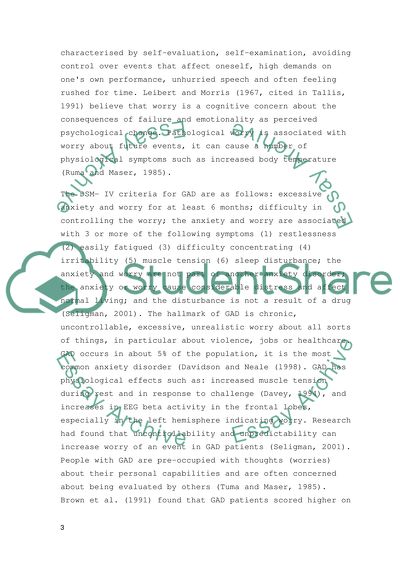Cite this document
(“Pathological worrying Essay Example | Topics and Well Written Essays - 1500 words”, n.d.)
Pathological worrying Essay Example | Topics and Well Written Essays - 1500 words. Retrieved from https://studentshare.org/health-sciences-medicine/1531022-pathological-worrying
Pathological worrying Essay Example | Topics and Well Written Essays - 1500 words. Retrieved from https://studentshare.org/health-sciences-medicine/1531022-pathological-worrying
(Pathological Worrying Essay Example | Topics and Well Written Essays - 1500 Words)
Pathological Worrying Essay Example | Topics and Well Written Essays - 1500 Words. https://studentshare.org/health-sciences-medicine/1531022-pathological-worrying.
Pathological Worrying Essay Example | Topics and Well Written Essays - 1500 Words. https://studentshare.org/health-sciences-medicine/1531022-pathological-worrying.
“Pathological Worrying Essay Example | Topics and Well Written Essays - 1500 Words”, n.d. https://studentshare.org/health-sciences-medicine/1531022-pathological-worrying.


